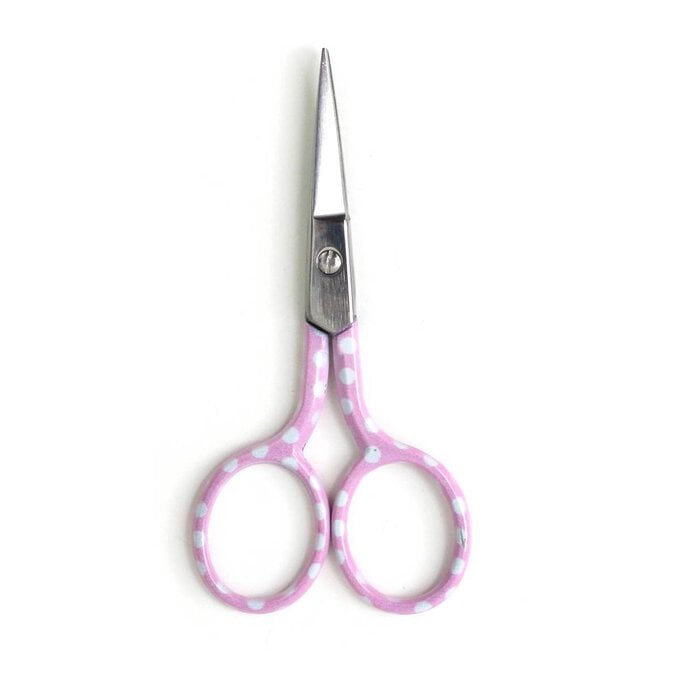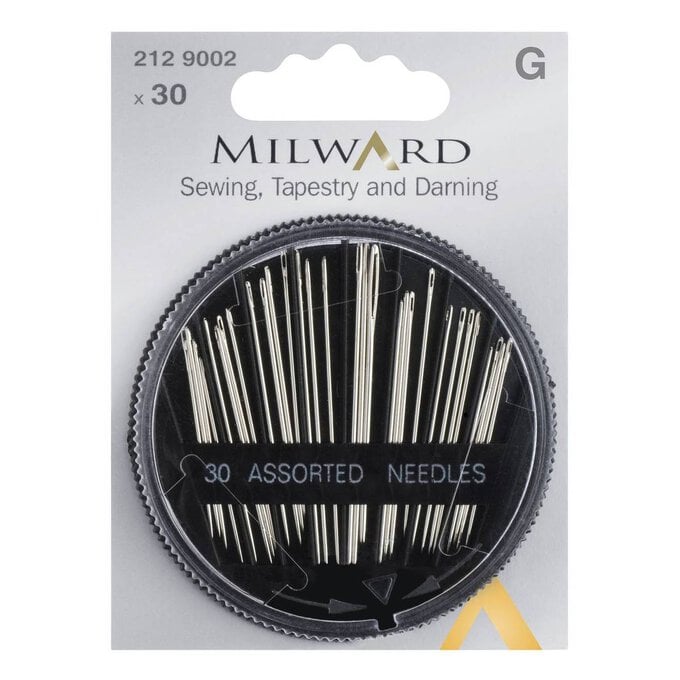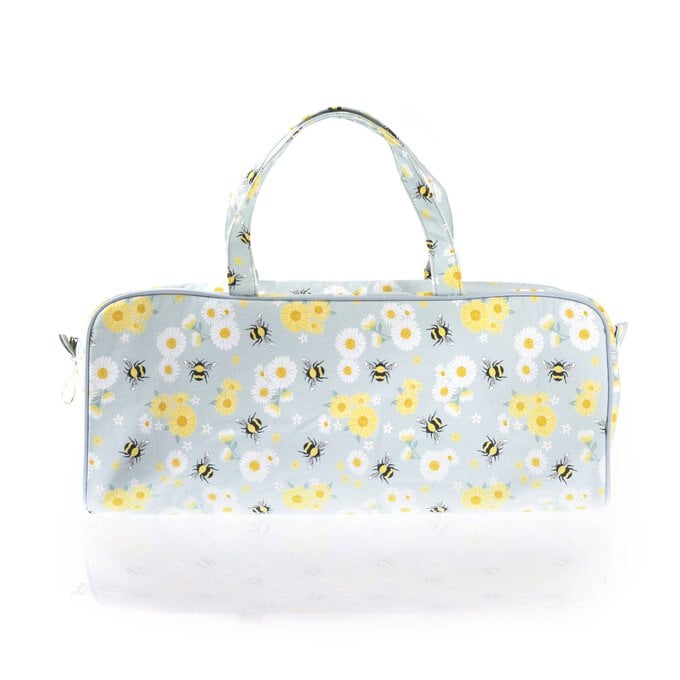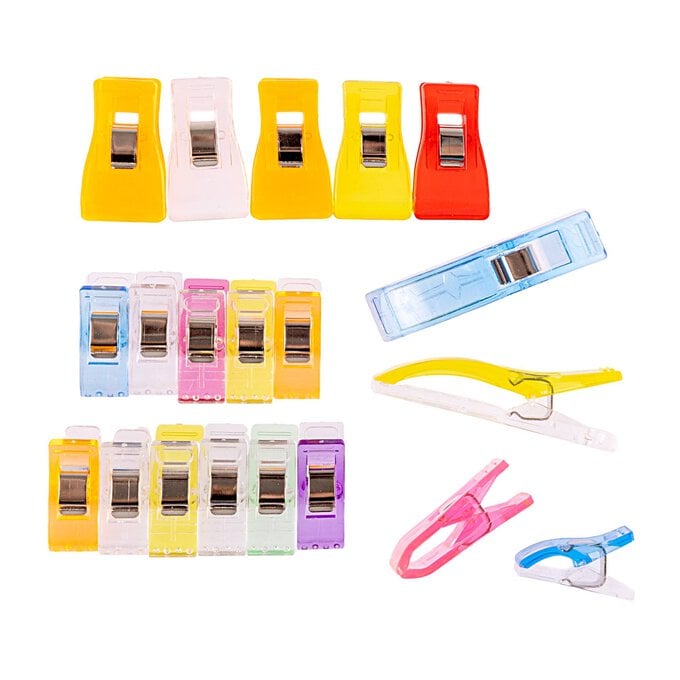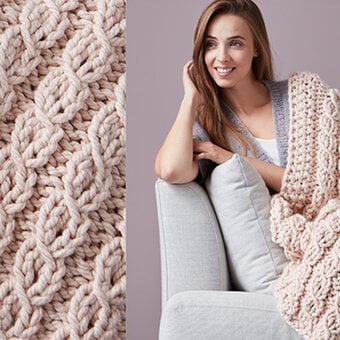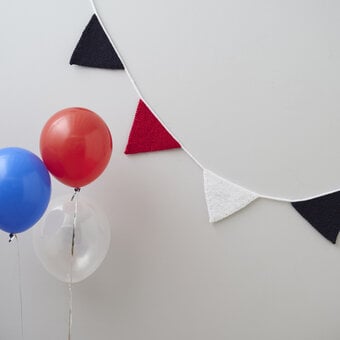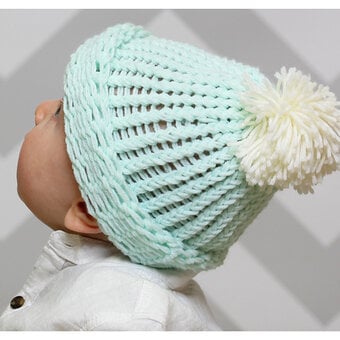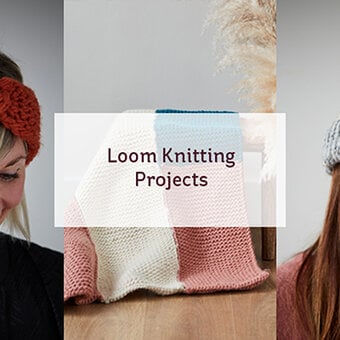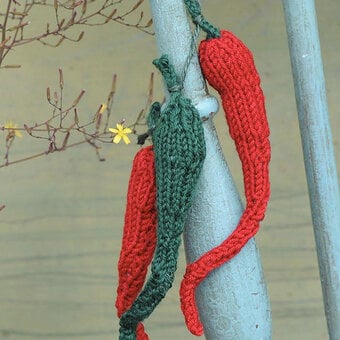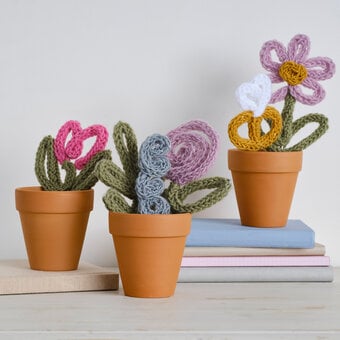Knitting Machine Tips and Tricks
I know many hand knitters would say that using a knitting machine is cheating, they're not totally wrong it's just a different way to knit and there are definitely more positives than negatives to using one!
You will need
Subtotal
Is $ 9.49
Subtotal
Is $ 6.49
Subtotal
Is $ 40.00
Out of stock
Subtotal
Is $ 7.49
How to make
You can;
- Create projects in hours rather than days
- Replicate your hand knitting patterns
- Use hand knitting yarns
- Work in colourways to your hearts content!
- Play around with stitches
- Be experimental!
It really is quite endless once you start thinking about what you can do and make, I myself can lose hours on a knitting machine with creating and playing with yarns, stitches etc.….
What you will have to remember is that if you are new to the knitting machine world, you will find it slightly daunting as converting your knowledge from hand knitting to machine knitting can be slightly challenging but once this is done, that's it! Using a knitting machine allows you to create accuracy in your work, there maybe a little extra work in the preparation but the project will take less time
In this post, I will outline the basics and briefly explain some bits to get you started on some knitting machine makes, as follows;
- What yarns can you use?
- How do you translate a hand knitting pattern?
- How do you work out the tensions?
- How do you use the knitting machine?
What yarns can be used?
If you are using a machine knit cone then the work is done for you and you are ready to knit, if you are using a hand knit specific yarn and it is in a ball you will either place it in a yarn bowl or if your luck to have a yarn winder, wind the yarn so that it is easier to use on the knitting machine. The yarn, for simplicity and ease must be worked from the centre of the ball as it will run smoother going from the ball through to the machine.

Lace weight/2ply/3ply – They are all suitable, these would be good yarns for lightweight shawls, fabric and are ideal for plaiting on the knitting machine.
4ply – Most common machine knitting yarn if you were to buy a cone. I used the Women's Institute 4ply soft and silky and it knitted up really nicely on tension 3 (carriage)
DK – it is the most favourable of yarns to be used, I sampled the Women's Institute premium acrylic and it works really well on tension 4 (carriage)
Aran – Also can be used at a much looser tension on the mast and the carriage. I used the Women's Institute Aran yarn at a tension of 6 (carriage) and worked really well.
Chunky/Super Chunky – are really not suitable for knitting with on this specific knitting machine, there are specific machines for knitting chunky yarns. You can still use the yarns if you are creating fringing, decorative e wrapping and weaving.
How do you translate a hand knitting pattern?

Nearly all hand knitting patterns can be used on a knitting machine. You will have to be careful of the level of difficulty of the pattern, most easy to intermediate patterns can be easily converted but the more complex the pattern you will have to use a machine knitting pattern or ask for advice. So, with that in mind all knitting patterns whether they are hand or machine consist of the following;
- Not all hand knitting stitches can be replicated on a knitting machine, so take note and look at the project before starting.
- Stitches to cast on are the number of needles to bring into action, always using the 0 as the centre point and bring out even stitches either side.
- Knitting – Stocking st is the core stitch on a knitting machine – to create a garter or a moss stitch you will have to use the tappet tool to create this.

Increasing/decreasing (shaping) – with the use of the transfer tools.
- In a hand knitting pattern, these would be stated as k2tog, skpo, with machine knitting you just transfer the stitches over. For example, if you are decreasing on the right you transfer the stitches to your left and vice versa, making sure you take the empty needle out of action.
- Colour-work – Fair Isle/Slipping/Stripes/Tucking/Intarsia (for Intarsia you would need a specific carriage to do this – AG10/AG11 Intarsia Carriage)

- Cables – with the use of the transfer tools.
- Pointelle/Ladders – with the use of the transfer tools.

- Casting off – with the use of the transfer tools
- Ribbing is slightly more different – when you start your cast on you will skip the purl rows, knit the length of rib, then take the tappet tool and work your way up the ladder where the stitches are skipped. Or you can simply hand knit your ribs and transfer the stitches onto the knitting machine, making sure you place the centre of the ribbing to the centre of the machine.





- RS and WS – As the main fabric knitted on the machine is stocking the WS will always be facing you when you are knitting, so be aware of this when choosing what to knit from a hand knitting pattern.
How do you work out the tensions?
Tensions for both hand knitting and machine are worked out exactly the same, the only difference is that the fabric is knitted by machine and the tensions may vary. So, to start; first of all the tension dial on the knitting machine are numbers, the bigger the number the looser the tension with the smaller the number being the tighter tension. As the needles in the knitting machine are locked into the machine itself you will have to create tension swatches to work out the right tension. This is simply by casting on enough stitches and knitting enough rows to create a 10cm tension square. If the fabric comes out too tight then you have to increase your tension by a notch or indeed loosen. I know it may seem a faff but once these are done, you can create note of these and next time you use such yarn again you have everything ready to go.
By Ali Firth
